Submitted by Emina Čamdžić
Workplace Architecture and Biophilic Design
Bosnia and Herzegovina Architecture News - Jun 14, 2019 - 05:45 18711 views
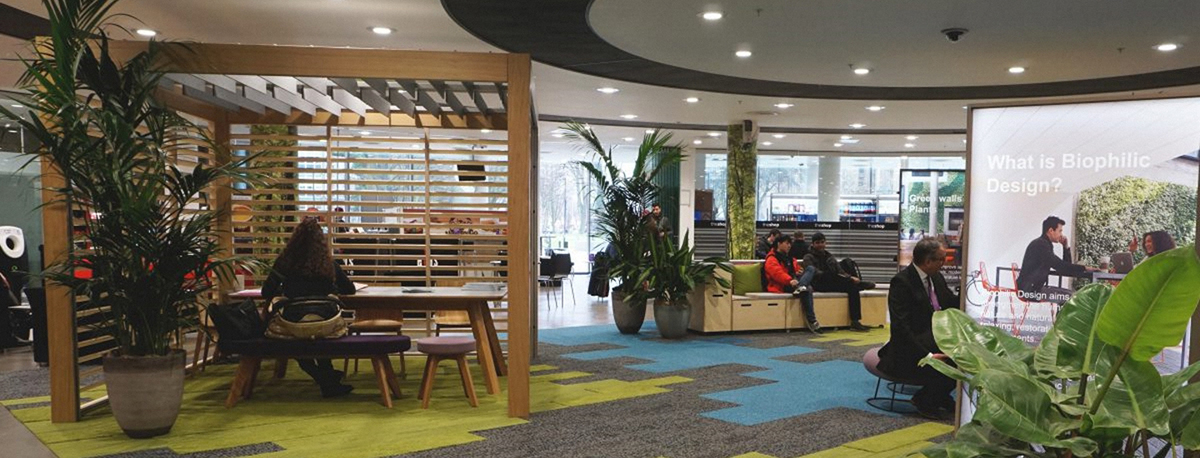
Architecture tries to improve people’s experience of the built environment. In today’s contemporary built environment, it is thought that people are being more isolated from the benefits of the connection to the natural surrounding and its impact on the daily feeling of comfort, health, creativity and well-being.
On the macroscale level, because of better life possibilities, people are moving away from rural to urban areas, towns and cities. In fact, the United Nations predicts that by 2050, 68% of the world’s population will live in urban environments. This means, that it is of much importance to consider how the human-nature connection can still be provided to those residing in towns and cities. The answer to this challenge is biophilic design.
Environmental psychology tells us that being connected to nature is an adaptive human function and positive well- being, although it has previously been proposed that the desire for a connection with nature is the result of an anti-urban bias combined with a romantic view of nature.
"Continued changes in the world of work and in work conditions can lead to new health issues and professional diseases. Those diseases can be caused by new, undefined risks," stated in a symposium on Work medicine in 2016, Sarajevo.
If we take a closer view on workers’ health and conditions in Bosnia- Herzegovina, for many years it has been ignored until 1996, when the Work health medicine cathedra was opened on universities across B&H. Risk assessment of health damage in working conditions, according to Dr. Bogadi-Sare, Croatian institute for work medicine 2015, can be quantitatively elaborated only by co-operation of various profiles experts.
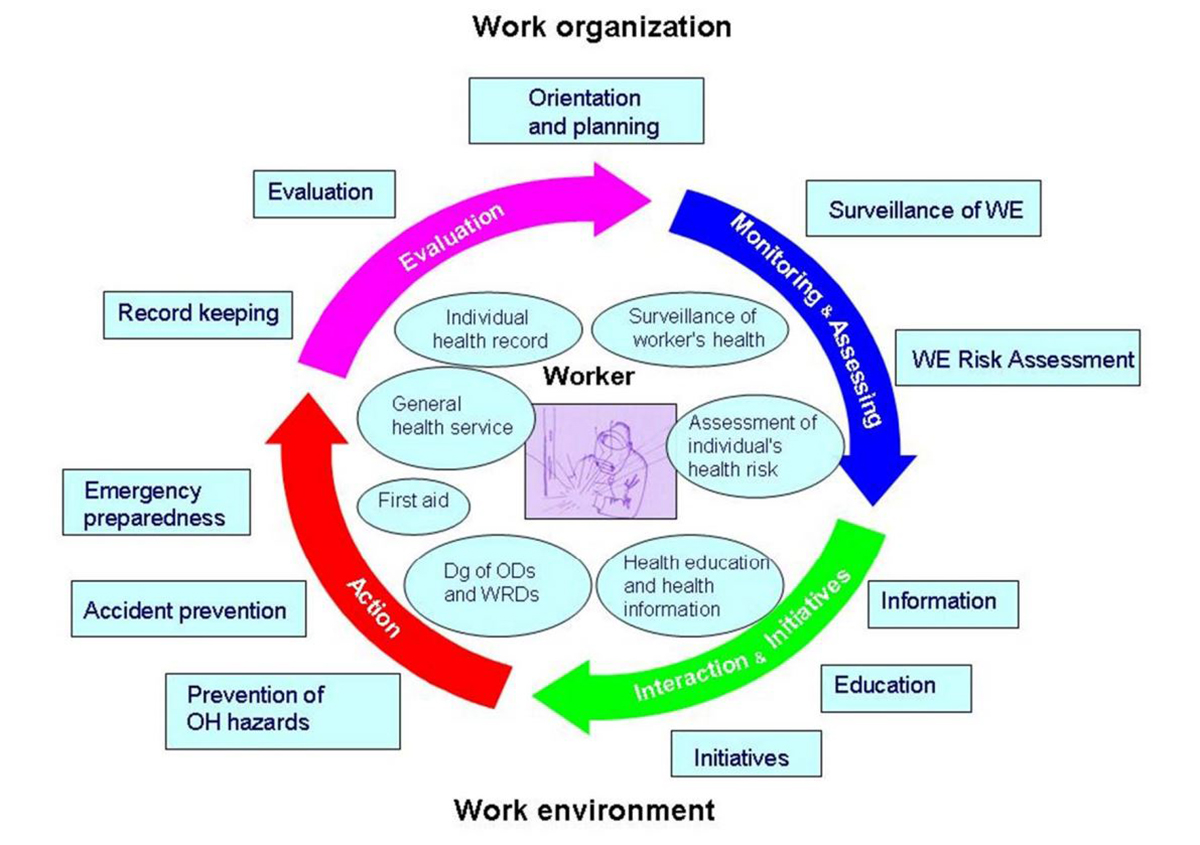 Image courtesy of Challenges in BOHS provision
Image courtesy of Challenges in BOHS provision
According to researchers of Institute for Work Health in Sarajevo, while in talk, have mentioned that in public buildings, IT offices, media offices, factors such as: stress, computers and technical dust, air plugs and old work furniture, all lead to health issues and problems. In their recommendation, more comfort, less noise and more natural environment can affect the human psyche and therefore positively influence the work environment and its users. Working spaces, the environment we use needs to be considered carefully, how they are arranged and designed to fulfill our well -being.
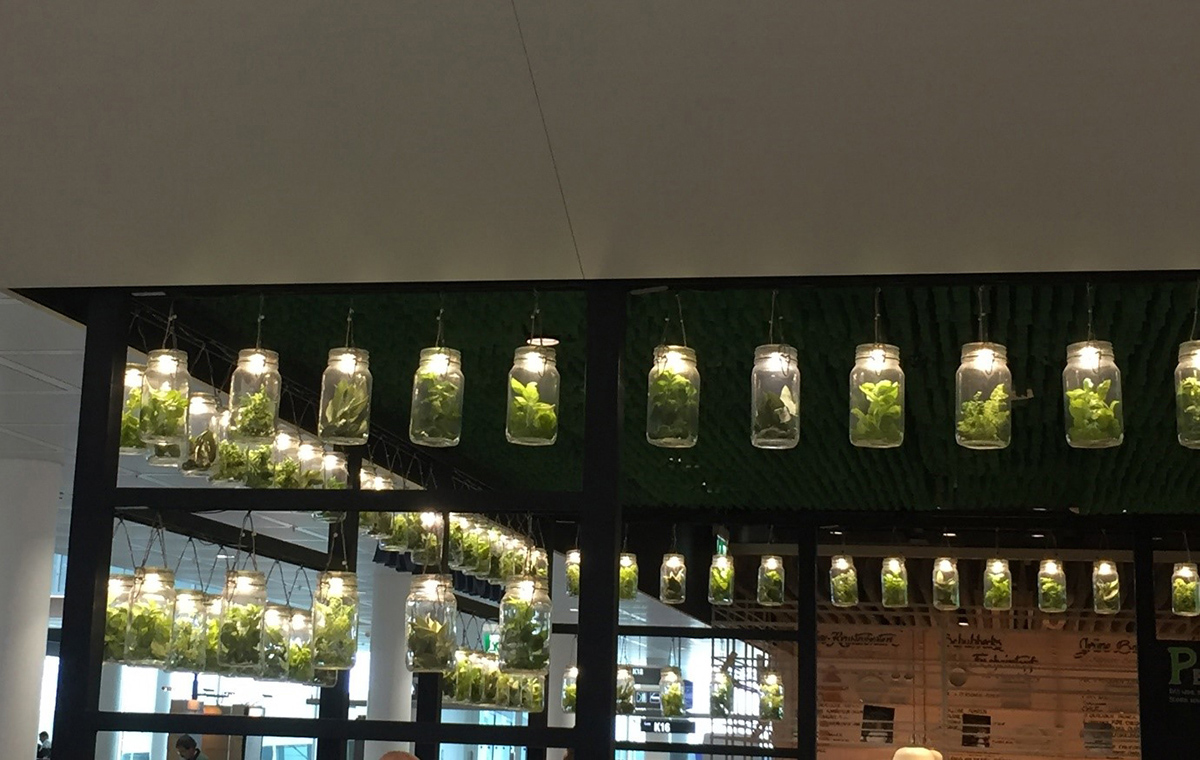
Image courtesy of Emina Camdzic
To protect and support healthy lifestyles, new forms of workplace environments is needed, including changes in the climate of the space. It is evident that we are at a point, where opportunities to explore the natural world in our daily lives was taken for granted. Nowadays it must be intentionally and deliberately created.
Such change, a shift in how we design and plan our buildings and interiors, one that recognizes that positive experience of natural systems constructed landscapes needs to be embraced.
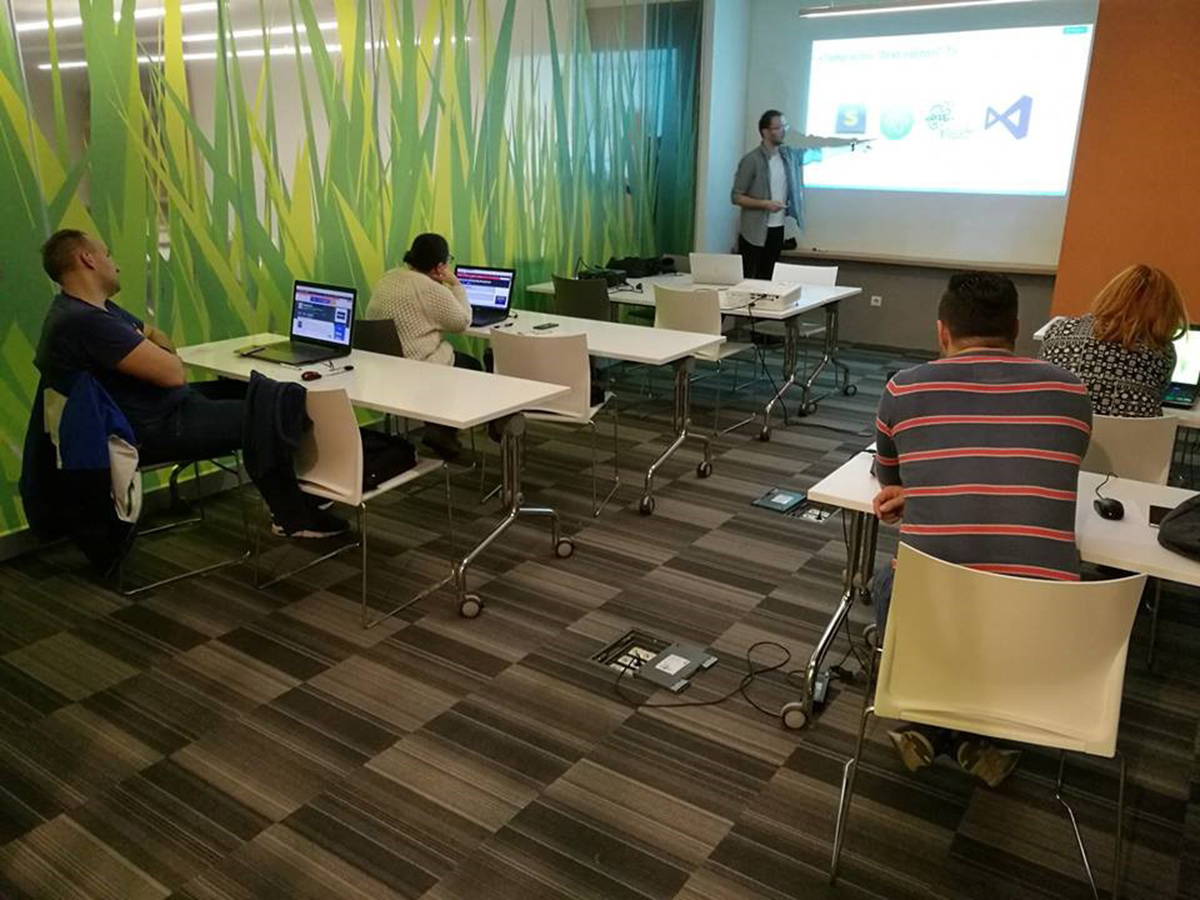
Image courtesy of Academy 387
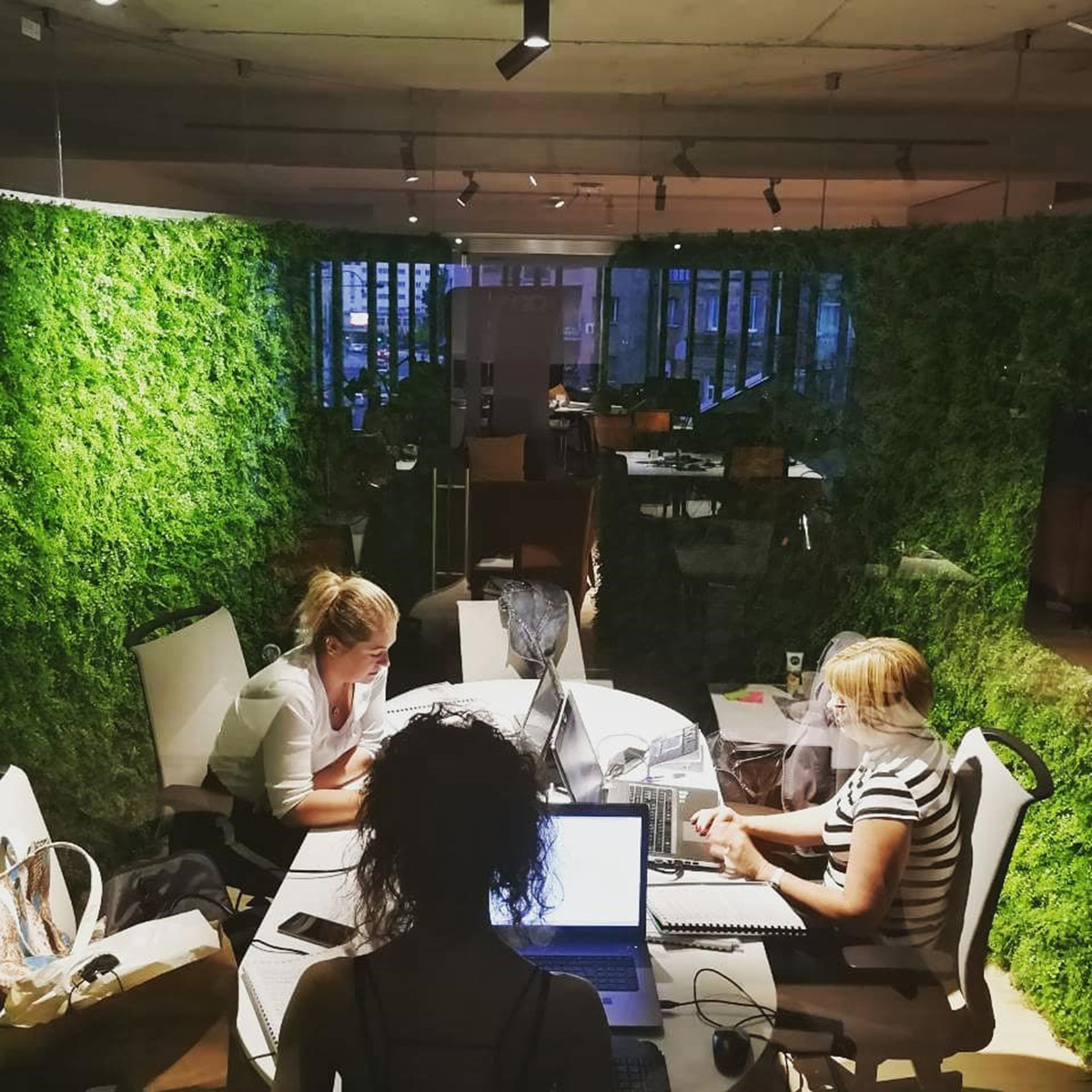 Image courtesy of Academy 387
Image courtesy of Academy 387
"When nature inspires our architecture - not just how it looks but how buildings and communities actually function - we will have made great strides as a society. Biophilic design provides us with tremendous insight into the 'why,' then builds us a road map for what is sure to be the next great design journey of our times," emphasized Rick Fedrizzi, U.S. Green Building Council.
Based on all these inputs, we can see that any design should start with few simple questions: How does it affect the natural environment? How will it affect the human experience and aspiration? And, how can we achieve sustained benefits for employees and employers?
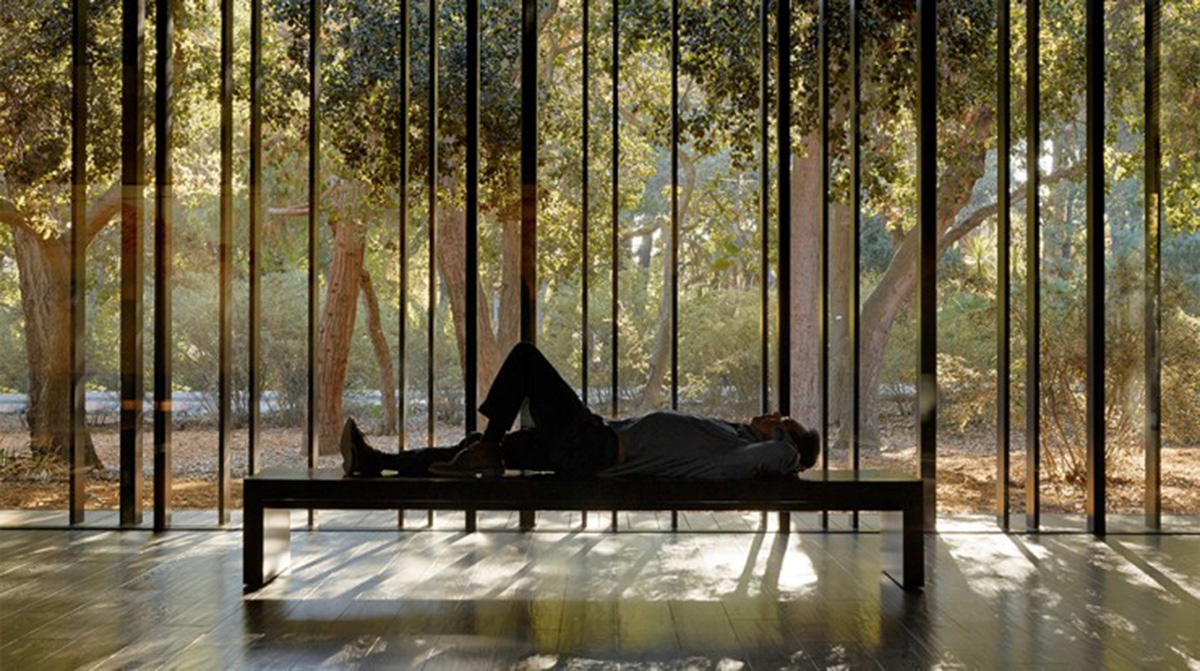 Image courtesy of Terrapinbrightgreen
Image courtesy of Terrapinbrightgreen
Bill Browning, ecology design expert, describes biophilic design as integrated elements of nature into architecture and urban planning projects. Bioinspired innovation, ecological design and whole system thinking, can make this goal into reality.
Delay and slowness in response time, diminished attention and vigilance, sustained attention, confusion, dizziness are just some of mental effects of air pollution in work environment, according to studies of University Tuzla. Furthermore, researchers from University Tuzla mention that important characteristics of professional diseases is that they are preventable.
If employers want their employees to be more productive, it is in their best interest that the offices are made to fit the needs of those living there for a part of their day and points the way into creating healthy and productive habitats for modern humans.
Biophilic design is a response to the human need to connect with nature and works to re-establish this contact in the built environment. Ultimately, it is by definition from Stephen R. Kellert, Judith Heerwagen, Martin Mador, that biophilic design is the theory, science and practice of creating buildings inspired by nature, with the aim to continue the individual’s connection with nature in the environments in which we live and work every day.
Healthy workplaces have four key objectives: promoting a supportive work environment and healthy aging since the beginning of the working life; preventing health problems during the working life; enabling employers and employees to manage workplace safety and health, in the context of the aging of the workforce and encouraging the exchange of information and good practice.
Studies have shown that people have a desire to be at one with nature in some way, shape or form. This can be for example, to have a view on a green area or a park from their work table, have access to natural light or access to living things within their office.
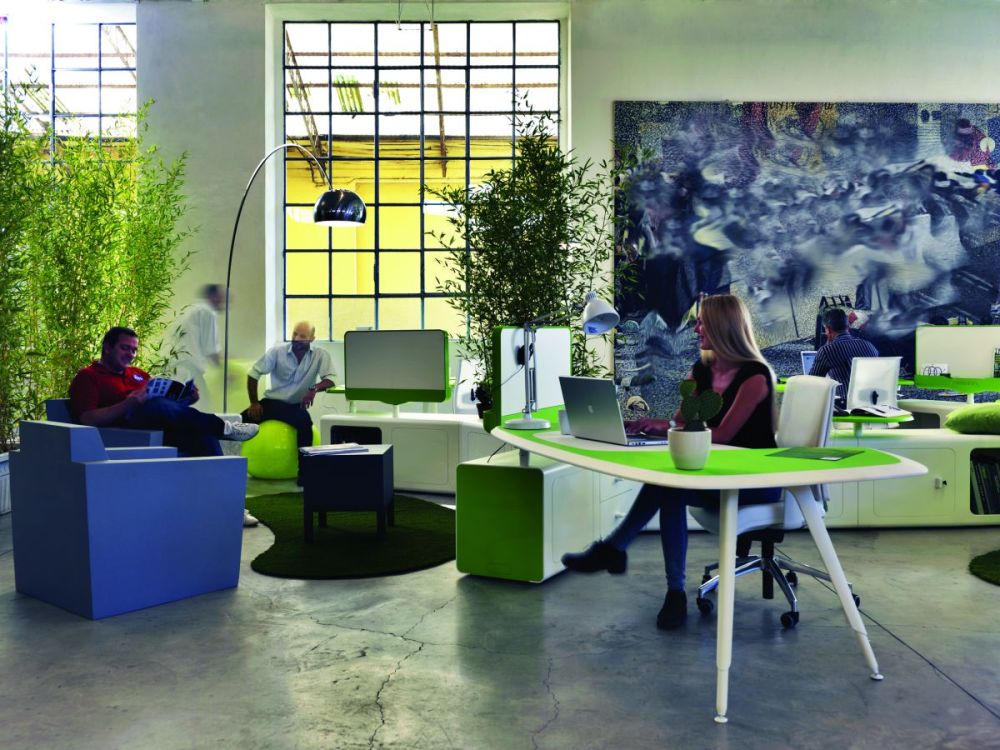
Image courtesy of Karmatrendz
Most people are used to work in offices with PVC furniture and decorative elements, including carpets, tables or even chairs. While adding plants to closed space can help give the space a fresh new look, it can also clean the air from different chemicals used in materials or cleaning additives.
"Health and well - being are determined not only by our genes and personal characteristics but also by the physical and social environments in which we live our lives," stresses World Health Organization.
Effective ways of creating symbolic nature connections indoors can be through water features with free flowing water, natural plants, use of natural elements –wood, stone, bricks, providing natural ventilation - operable windows and breezeways, or using highly textured fabrics that mimic the textures of natural materials.
Qualities of the naturally occurring phenomena must be created by fully engaging architects, landscape architects, designers and policy makers, in order to create a new, nature – based environment to help tackle and prevent the health issues caused by a new, global lifestyle trend.
It is further considered that the design of an office would affect the employee’s decision to work for an organization, presenting biophilic design as an important consideration for companies that want to attract and recruit the best employees. For effective health management, employers, managers and workers must work together. We should embrace the biophilic design trend, because it is good for reducing stress, improving well- being and success of our work environment.
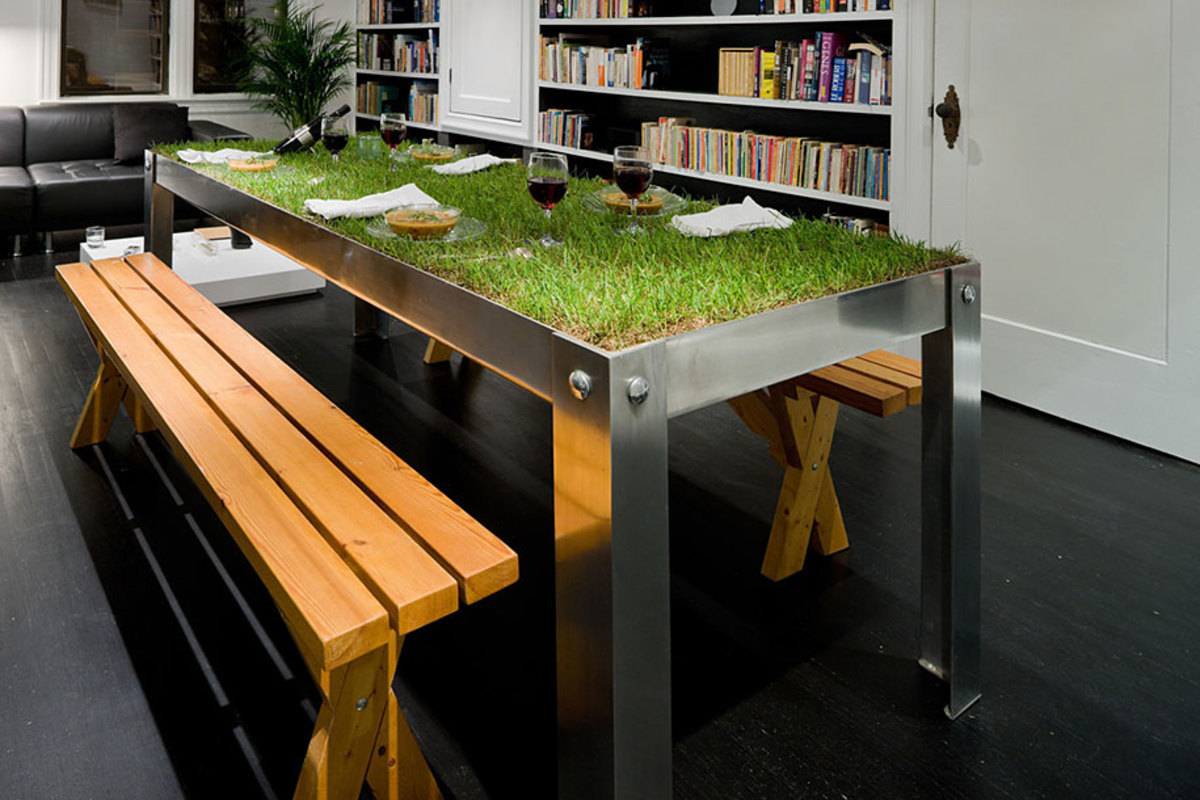 Image courtesy of Airows
Image courtesy of Airows
Top image courtesy of BPE Group Conference
